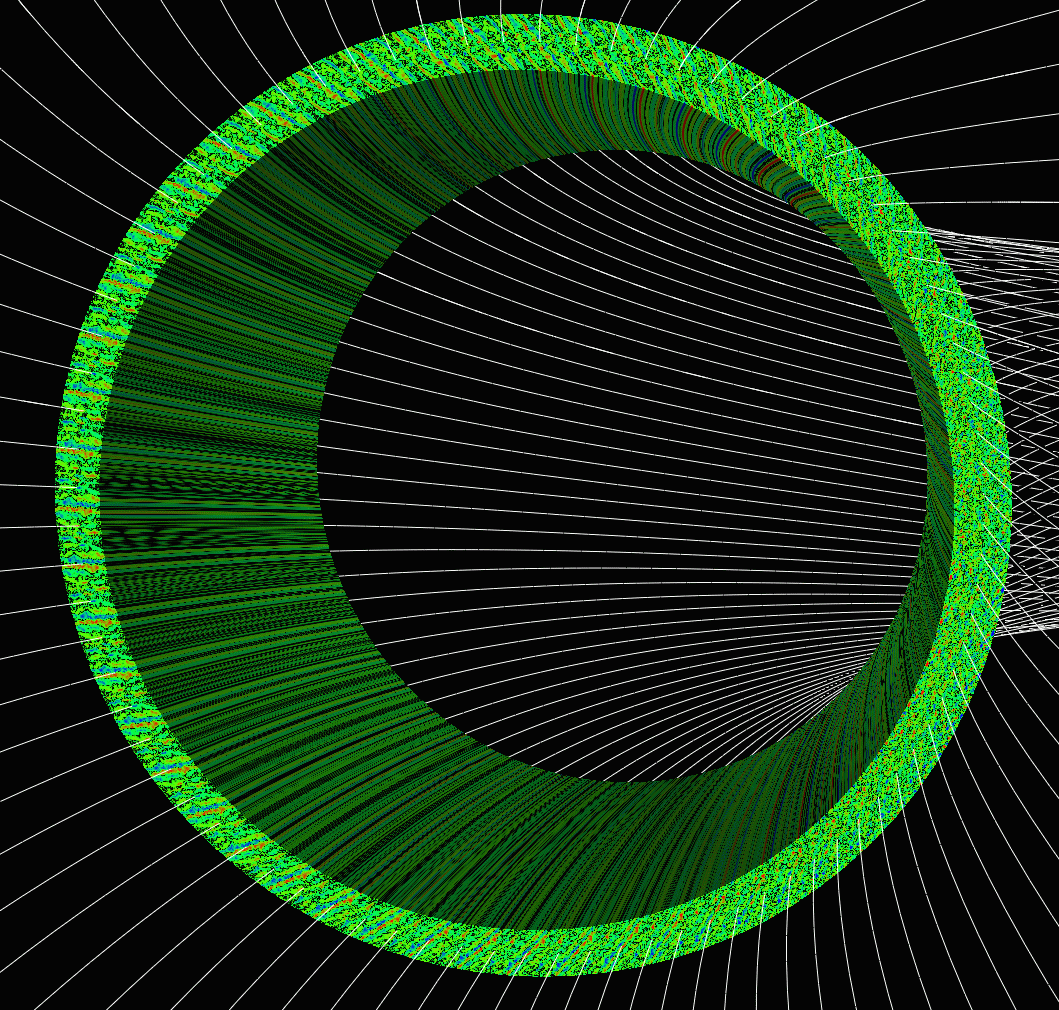|
Plasma turbulence enhances the diffusion of heat, momentum and
particles across magnetic surfaces. As a result, a central focus of
scientific research within the magnetic confinement fusion program has
been to measure, understand and control turbulence in high temperature plasma.
Since 1988, DOE's
``Transport Task Force'' (TTF)
initiative has fostered and stimulated substantial and wide-ranging
research in this area. Since 1991, DOE has incubated algorithm development and
code development in gyrokinetics, with outstanding results. The successes in
simulating plasma turbulence have been based on more than
increasing CPU power. Algorithmic and theoretical
advances were also required to simulate the extremely
anisotropic dynamics and the wide range of time scales, to understand
the simulation results, and to construct reduced models to allow
meaningful experimental tests and comparisons.
The most important success of gyrokinetic and gyrofluid simulations is
the identification of ion-temperature-gradient-driven (ITG)
instabilities as a dominant source of tokamak turbulence and
transport. Indirect
evidence for the important role of ITG includes: numerical agreement
between calculated and measured fluxes, basic features of
fluctuation spectra, the importance of edge/pedestal
performance to overall performance, the ``stiffness''
of ion temperature profiles at high temperatures, many
of the general trends seen in the dependence of energy transport on
engineering and physics parameters, the influence of
sheared flows on the energy transport and transport
barriers, and the importance of zonal flows generated by
turbulence. However, direct evidence - in the form of
simultaneous measurements of profiles and fluctuations which agree
with first-principles, direct numerical simulations - is lacking.
The two principal difficulties have been:
- The lack of well-resolved, self-consistent experimental
datasets, including flows, impurity density
profiles, and fluctuation measurements, and
- Generally inadequate physics content in simulations:
full geometry, impurities, flows, and electron dynamics are all required.
Experiments are, however, improving rapidly and self-consistent
datasets are being produced by the major devices. NSTX and DIII-D
experimental facilities are prepared to measure turbulent fluctuations
in fully characterized discharges. The codes now contain essentially
all the relevant physics and are benchmarked and ready for detailed
comparison with data.
|

